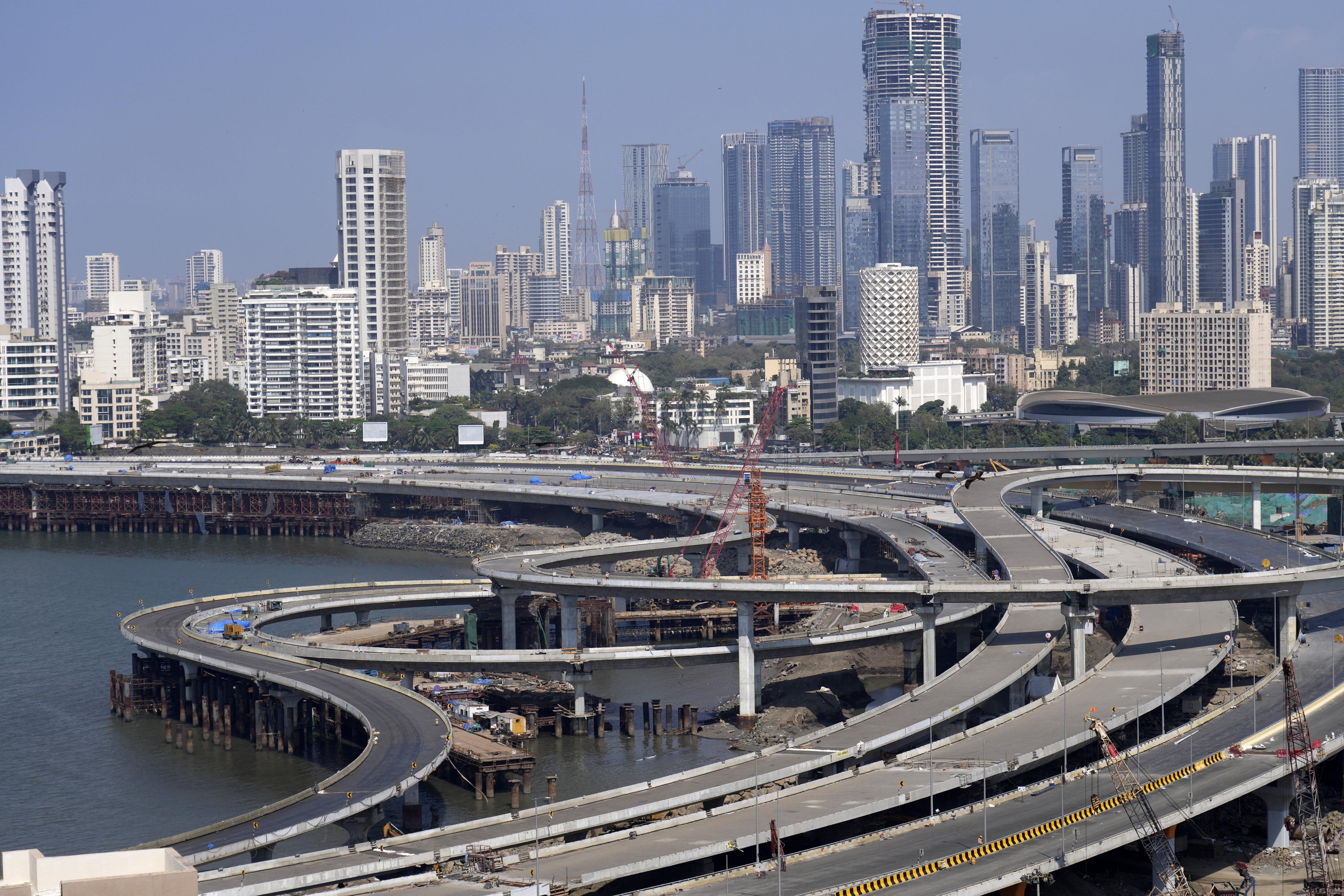Why India’s real estate surge doesn’t make it a substitute for China
India’s property sector is booming, but China’s plays a more important role in Asia and is supported by better fundamentals

Divergences and idiosyncrasies are an important part of Asia’s real estate landscape. Whether it is the stark contrast between Seoul’s remarkably resilient office market and its ailing counterpart in Hong Kong or the big difference between Japan’s mature and institutionalised rental housing market and its nascent peers elsewhere in the region, Asia’s property sector is far from homogeneous.
Yet among the leading economies in the region, the performance gap between China and India is far and away the most palpable divergence in Asian real estate. That the region’s two biggest emerging markets, and the world’s most populous countries, are expected to play a bigger role in driving global growth in the next five years makes their diverging fortunes all the more striking.
In China, the housing crisis has damaged confidence to such an extent that the government has considered scrapping the discredited pre-sales model and forcing developers to offer only completed flats, mainly to restrict supply and help stabilise prices. Unfinished properties accounted for 90 per cent of new home sales when the crisis erupted in 2021.
While there were signs of green shoots earlier this year, the contraction in new and second-hand house prices is deepening again on a monthly basis. Meanwhile, real estate investment was down 10.7 per cent in the first five months of this year. In the commercial property sector, sentiment in mainland China is the most downbeat among the leading real estate markets in the Asia-Pacific, according to the results of a CBRE survey of leasing activity in the office, retail and industrial markets on June 12.
While Chinese equities – particularly Hong Kong-listed shares – are attracting more interest from global investors this year, partly because of a stronger willingness to diversify portfolios away from the United States, mainland China and Hong Kong are the least-preferred commercial property markets in the Asia-Pacific among cross-border investors.
In China’s office market, net take-up has collapsed since 2021 while supply has remained at pre-pandemic levels, leading to an acute imbalance that pushed up the average vacancy rate among 10 leading cities tracked by CBRE to 23.5 per cent in the first quarter of this year. In Shanghai and Beijing, vacancy rates are among the highest in the region while rents for grade A offices fell at the sharpest pace in the first quarter.
In India, by contrast, the property sector is enjoying an epic boom. In the residential market, sales, launches and prices of new homes in the leading cities continue to grow at a rapid clip, especially in the high-end and premium segments of the market. The combination of rising income levels, improvements in infrastructure, the institutionalisation of the real estate market and strong home-ownership aspirations is turbocharging growth.
According to the findings of a Knight Frank survey of the preferences of homebuyers in eight big cities, homes under construction – as opposed to those ready to move into – were the most preferred stage of purchase. This is partly because of “renewed confidence in developers and project completion timelines”. The contrast with the fallout from China’s housing crisis could not be starker.
India’s office market, moreover, is going from strength to strength. Leasing activity in the first quarter reached almost 19.5 million sq ft (1.8 million sq m), the highest volume for the first quarter ever, according to JLL data. In fact, India accounted for 47 per cent of leasing demand in the Asia-Pacific last year, up from 36 per cent in 2015, according to Knight Frank.

Global capability centres – offshore facilities initially focused on back-office functions that have risen up the value chain to become innovation hubs – are driving demand as multinational companies tap into India’s vast technology-savvy talent pool while benefiting from cheaper office occupancy costs. Several of India’s top-tier cities, including Bengaluru and New Delhi, have recorded some of the strongest rates of rental growth in Asia in recent years.
Furthermore, India’s Tier 1 cities were the “top global improver” in the latest edition of the Global Real Estate Transparency Index published last year by JLL and LaSalle. The establishment of a publicly traded real estate investment trust (Reit) market has boosted liquidity and set new governance and sustainability standards for the property industry.
However, it is important to put the diverging fortunes of the Chinese and Indian real estate markets into perspective. First, India’s economy is only one-fifth the size of China’s. The gap is close to the size of the entire euro-zone economy. As HSBC notes, even though India’s economy is consumer-driven, its share of global consumption is less than 5 per cent, compared with China’s 14 per cent.

Second, Indian real estate lacks the infrastructure, liquidity and depth of demand shown by China and other widely traded markets such as Japan and Australia. MSCI data showed that among the most actively traded cities in the Asia-Pacific commercial property market, Shanghai was in the top five for the past two years, along with Tokyo and Seoul. In the first quarter of this year, no Indian city was in the top 10.
India’s property sector is booming, but China’s plays a much more important role in Asian real estate. While Asia’s third-largest economy has much going for it, not least the most compelling catch-up growth story provided India can seize its demographic dividend, China is the world’s second-largest real estate market after the US. All the more reason for putting India’s property boom in context.